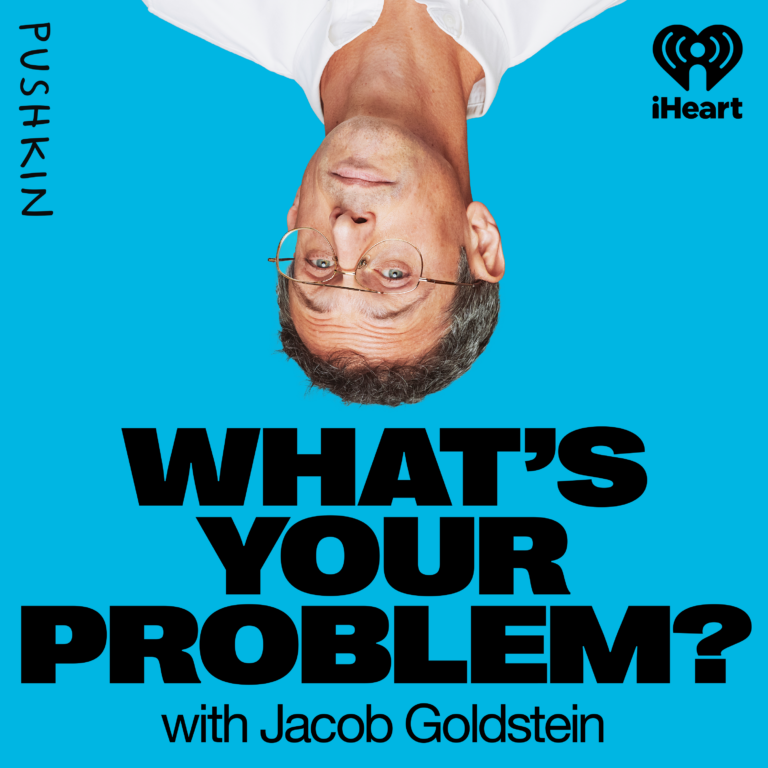There are moments in history when people make huge technological advances all of a sudden. Think of the Manhattan Project, the Apollo missions, or, more recently, generative AI. But what do these moments have in common? Is there some set of conditions that lead to massive technological leaps?
Byrne Hobart is the author of a finance newsletter called The Diff, and the co-author of Boom: Bubbles and the End of Stagnation. In the book, Bryne makes the case for one thing that is really helpful if you want to make a wild technological leap: a bubble.
See omnystudio.com/listener for privacy information.

